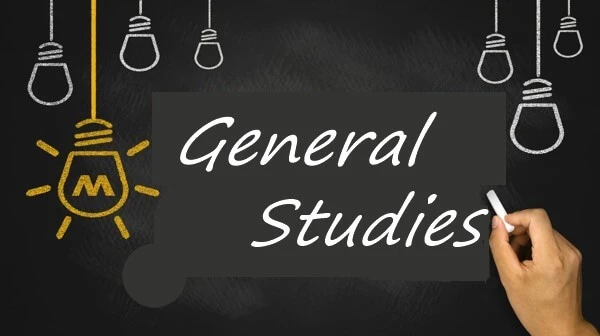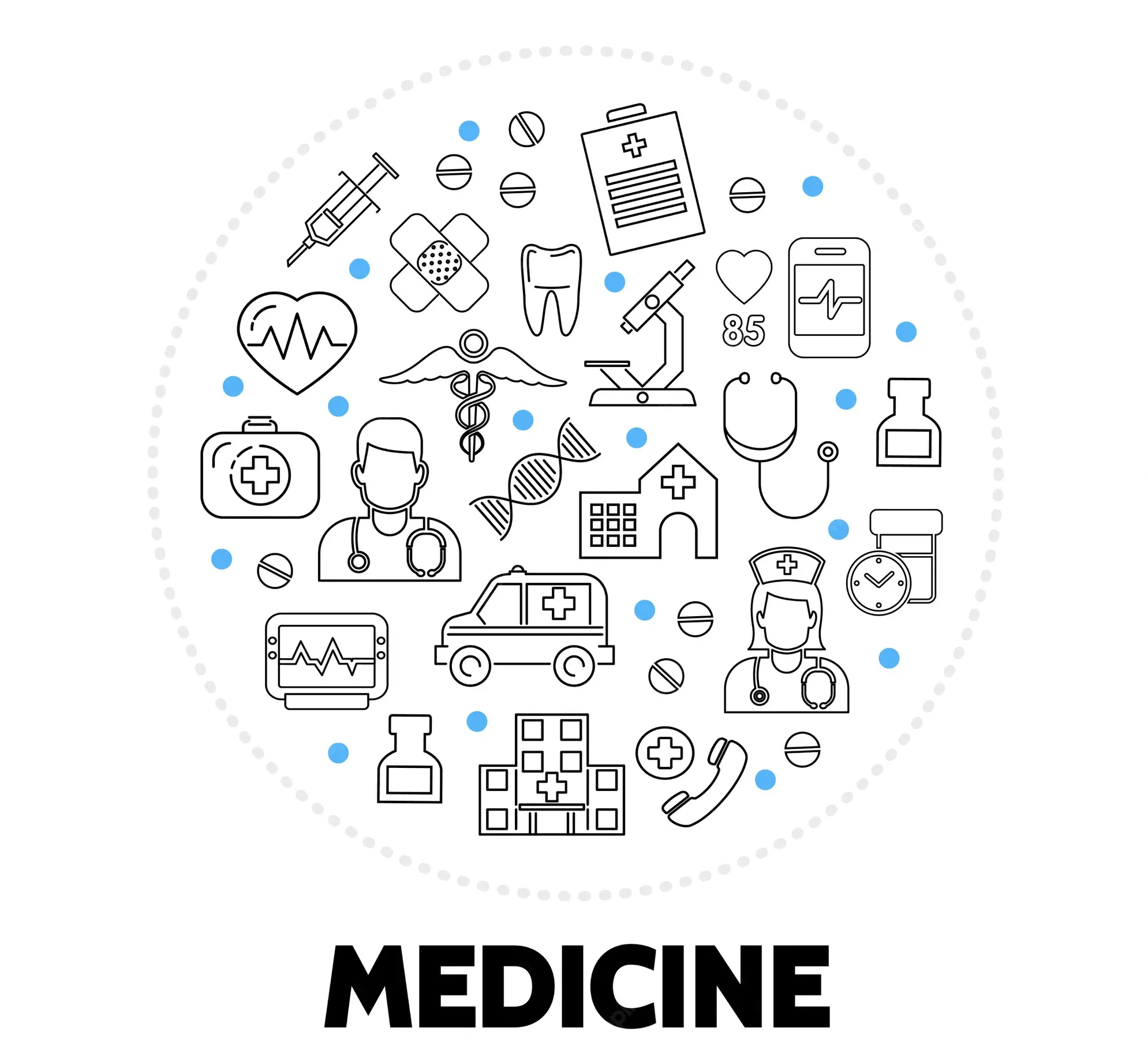Intermolecular Bonding Books
Chemistry, 10th Edition Student Solutions Manual
Author: Raymond Chang, Kenneth Goldsby
School: University of Ibadan
Department: Science and Technology
Course Code: CHE127, CHE157, CHE177, CHE257, CHE327, CHE428
Topics: Atom, molecule, ion, chemical reaction, Gas, thermochemistry, quantum theory, chemical bonding, intermolecular forces, chemical kinetics, chemical equilibrium, acid, base, Acid-base equilibria, solubility equilibria, entropy, free energy, equilibrium, electrochemistry, Nuclear chemistry, Metallurgy, Transition metal, organic chemistry, polymer
Author: Raymond Chang, Kenneth Goldsby
School: University of Ibadan
Department: Science and Technology
Course Code: CHE127, CHE157, CHE177, CHE257, CHE327, CHE428
Topics: Atom, molecule, ion, chemical reaction, Gas, thermochemistry, quantum theory, chemical bonding, intermolecular forces, chemical kinetics, chemical equilibrium, acid, base, Acid-base equilibria, solubility equilibria, entropy, free energy, equilibrium, electrochemistry, Nuclear chemistry, Metallurgy, Transition metal, organic chemistry, polymer
Author: Robert thornton morrison, Robert Neilson Boyd
School: University of Ibadan
Department: Science and Technology
Course Code: CHE276
Topics: Organic Chemistry, chemical bond, quantum mechanics, atomic orbitals, electronic configuration, Pauli exclusion principle, molecular orbitals, covalent bond, hybrid orbitals, intramolecular forces, bond dissociation energy, homolysis, heterolysis, bonds polarity, melting point, intermolecular force, boiling point, solubility, acids, bases, isomerism, activation energy, hydrocarbons, methane structure, oxidation, heat of combustion, chlorination control, relative reactivity, reaction mechanisms, chlorination, free radicals, chain reactions inhibitors, transition state, molecular formula, chlorofluorocarbons, qualitative elemental analysis, quantitative elemental analysis, Alkene, free-radical substitution, ethane structure, Higher alkanes, alkyl groups, industrial source, Grignard reagent, halogenation, free radical stability, combustion, greenhouse effect, pyrolysis, cracking, alkane analysis, stereochemistry, stereoisomers, isomer number, tetrahedral carbon, optical activity, plane-polarized light, polarimeter, specific rotation, enantiomerism, chirality, chiral center, enantiomers, racemic modification, Diastereomers, meso structures, conformational isomers, optical purity, Alkyl halides, Nucleophilic aliphatic substitution, homolytic chemistry, heterolytic chemistry, Carbocations, Carbocations structure, alkyl halides analysis, alcohols, ethers, alcohol nomenclature, carbohydrates fermentation, Ethanol, alcohol preparation, alcohol reaction, alcohol oxidation, ethers preparation, Secondary Bonding, carbon-carbon double bond, Unsaturated hydrocarbon, ethylene structure, Propylene, Hybridization, orbital size, butylene, Geometric isomerism, alcohol dehydration, alkene reaction, hydrogen bromide addition, Hydrogenation, Electrophilic addition, Oxymercuration-demercuration, Hydroboration-oxidation, Alkene Free-radical polymerization, allylic Nucleophilic substitution, dienes, isoprene, isoprene rule, acetylene, Cyclic Aliphatic Compounds, cyclic compound stereoisomerism, cyclic ether, crown ethers, aromaticity, Benzene, aliphatic compounds, aromatic compounds, benzene structure, Kekule structure, Benzene ring, aromatic character, polynuclear aromatic hydrocarbons, Naphthalene, Quantitative elemental analysis, Electrophilic Aromatic Substitution, Friedel-Crafts alkylation mechanism, naphthalene electrophilic substitution, Aromatic-Aliphatic Compounds, Arenes, Spectroscopy, mass spectrum, electromagnetic spectrum, nuclear magnetic resonance spectrum, coupling consonants, chemical shift, aldehydes, ketones, Cannizaro reaction, Grignard reagents addition, Tetrahydropyranyl ethers, Iodoform test, Carboxylic Acids, Grignard synthesis, Dicarboxylic acids, acid chlorides, acid anhydrides, amides, esters, Transesterification, Aldol condensation, Wittig reaction, Crossed Claisen condensation, halides, ammonolysis, amide Hofmann degradation, Heterocyclic amines
Schaum's Outline of College Chemistry ,Ninth edition
Author: Jerome Rosenberg, Lawrence Epstein, Peter Krieger
School: Ahmadu Bello University, Zaria
Department: Science and Technology
Course Code: CHEM131
Topics: temperature, temperature units, atomic mass, molar mass, molecular mass, relative atomic mass, emperical formula, chemical formula, limiting reactant, chemical reactions, gas, gas volume, pressure, standard atmospheric pressure, pressure measurement, gas law, Boyle's law, Charles's law, Gay-lussac law, combined gas law, ideal gas, ideal gas law, kinetic theory, avogardo hypothesis, molar volume, gas volume, gas stoichiometry, thermochemistry, heat, heat capacity, calorimetry, energy, enthalphy, thermochemical reactions, atomic structure, particle, waves, Pauli principle, Periodic law, Aufbau principle, Electron configuration, Atomic radii, ionization energy, electron affinity, chemical bonding, molecular structure, ionic compounds, covalence, valence-bond representation, molecular-orbital representation, π BONDING, MULTICENTER π BONDS, coordination compounds, isomerism, solid, liquid, crystals, crystal forces, Ionic Radii, oxidation-reduction, oxidation number, oxidizing agents, reducing agents, ionic notation, balancing equations, concentration, concentration scales, concentration units, dilution, volumetric standard solutions, vapor pressure lowering, freezing-point lowering, boiling-point lowering, Boiling-point elevation, osmotic pressure, Law of distribution, isomerism, functional groups, organic chemistry, biochemistry, thermodynamics, chemical equilibrium, Equilibrium constant, Le Chatelier's principle, acid, base, hydrolysis, buffer solution, indicators, weak polyprotic acids, tittration, complex ions, coordination complexes, electrochemistry, solubility product, electrical units, electrolysis, voltaic cells, standard half-cell potentials, free energy, Nonstandard potentials, rate of reactions, rate constant, energy of activation, Nuclear process, Binding energy, nuclear equations, radiochemistry
Materials Science and Engineering An Introduction,10th edition
Author: William Callister, David Rethwish
School: Federal University of Technology, Owerri
Department: Engineering
Course Code: ENG207, ENG208
Topics: atomic structure, interatomic bonding, crystalline solids, crystals, atomic bonding, diffusion, dislocation, strengthening mechanisms, failure, mechanical properties, phase diagrams, phase transformations, alloy, ceramic, polymer, corrosion, degradation, composites, polymer synthesis, polymer processing, oxidation, electrical properties, magnetic properties, optical properties, thermal properties, unit cell, density computation, Polymorphism, Allotropy, Crystallographic points, Crystallographic directions, polycrystalline materials, anisotropy, X-ray diffraction, plastic deformation, point defects, atomic vibration, fick's law, Stress–Strain Behavior, Anelasticity, fatigue, creep, solubility limit, phase equilibria
Materials Science and Engineering, An Introduction ,8th Edition Solution Manual
Author: William Callister
School: Federal University of Technology, Owerri
Department: Engineering
Course Code: ENG207, ENG208
Topics: atomic structure, interatomic bonding, crystalline solids, crystals, atomic bonding, diffusion, dislocation, strengthening mechanisms, failure, mechanical properties, phase diagrams, phase transformations, alloy, ceramic, polymer, corrosion, degradation, composites, polymer synthesis, polymer processing, oxidation, electrical properties, magnetic properties, optical properties, thermal properties, unit cell, density computation, Polymorphism, Allotropy, Crystallographic points, Crystallographic directions, polycrystalline materials, anisotropy, X-ray diffraction, plastic deformation, point defects, atomic vibration, fick's law, Stress–Strain Behavior, Anelasticity, fatigue, creep, solubility limit, phase equilibria
Shriver & Atkin's inorganic chemistry
Author: Peter Atkins, Tina Overton, Jonathan Rourke, Mark weller, Fraser Armstrong, Michael Hagerman
School: University of Ibadan
Department: Science and Technology
Course Code: CHE126
Topics: Inorganic chemistry, atomic structure, atomic orbitals, molecular structure, bonding, Lewis structure, valence bond theory, Molecular orbital theory, ionic solids, ionic bonding, semiconduction, acid, base, Brønsted acidity, Lewis acidity, oxidation, reduction, reduction potentials, redox stability, Molecular symmetry, isomerism, coordination compounds, chirality, spectroscopy, chemical analysis, Magnetometry, periodic trends, Group 1 elements, Group 2 elements, hydrogen, Group 13 elements, Group 15 elements, Group 14 elements, Group 16 elements, d-Block elements, Representative compounds, Electronic spectra, Magnetism, Coordination chemistry, Ligand substitution reactions, Ligand substitution, Redox reactions, Photochemical reactions, Lanthanoid chemistry, Actinoid chemistry, ligands, Solid-state chemistry, materials chemistry, Metal oxides, nitrides, fluorides, Chalcogenides, intercalation compounds, Hydrides, inorganic pigments, Semiconductor chemistry, Molecular materials, fullerides, catalysis, Homogeneous catalysis, Heterogeneous catalysis, Hybrid catalysis, Characterization, fabrication, Nanomaterials, nanoscience, nanotechnology, Self-assembled nanostructures, Bioinorganic nanomaterials, Biological inorganic chemistry, Catalytic processes, Biological cycles, Chelation therapy, nitrogen cycle, hydrogen cycle, acid-base catalysis, Tethered catalysts, Electrocatalysis, Alkene polymerization, Ammonia synthesis, Hydroformylation, Alkene metathesis
Chemistry & Chemical Reactivity, 10th edition
Author: John Kotz, Paul Treichel, John Townsend, David Treichel
School: Chukwuemeka Odumegwu Ojukwu University
Department: Science and Technology
Course Code: CHM313
Topics: Chemistry, Chemical Reactivity, atoms, molecules, ions, chemical reactions, Stoichiometry. gases, intermolecular forces, liquids, solid state, chemical reactions, chemical kinetics, acid, base, electron transfer reactions, environmental chemistry, carbon, biochemistry, nuclear chemistry
Chemical Principles (Part 1), 6th edition
Author: Peter Atkins, Loretta Jones, Leroy Laverman
School: Edo University
Department: Science and Technology
Course Code: CHM111
Topics: atoms, radiation, atomic spectra, quantum theory, uncertainty principle, atomic orbitals, electron spin, hydrogen atom, chemical bonds, ionic bonds, covalent bonds, VSEPR model, valence-bond theory, molecular orbital theory, Gas laws, gas density, molecular motion, real gases, liquid, solids, intermolecular forces, liquid structure, solid structure, liquid crystals, inorganic materials, metallic materials, hard materials, nanomaterials, thermodynamics, enthalpy, heating curves, Born-Haber cycle, bond enthalpies, entropy, Gibbs free energy, physical equilibria, solubility, colligative properties, binary liquid mixtures
Fundamental Physical Chemistry
Author: Iweibo I, Okonjo K, Obi-Egbedi N
School: University of Ibadan
Department: Science and Technology
Course Code: CHE156
Topics: atom, molecule, intermolecular force, orbital, covalent bond, acid, base, salt, oxidation, reduction, electrochemistry, thermochemistry, spotaenous process, equilibria, kinetics, kinetic theory
Departments

Administration, Social and Management science

Agriculture and Veterinary Medicine

Arts and Humanities

Education

Engineering

General studies

Law

Medical, Pharmaceutical and Health science

Science and Technology